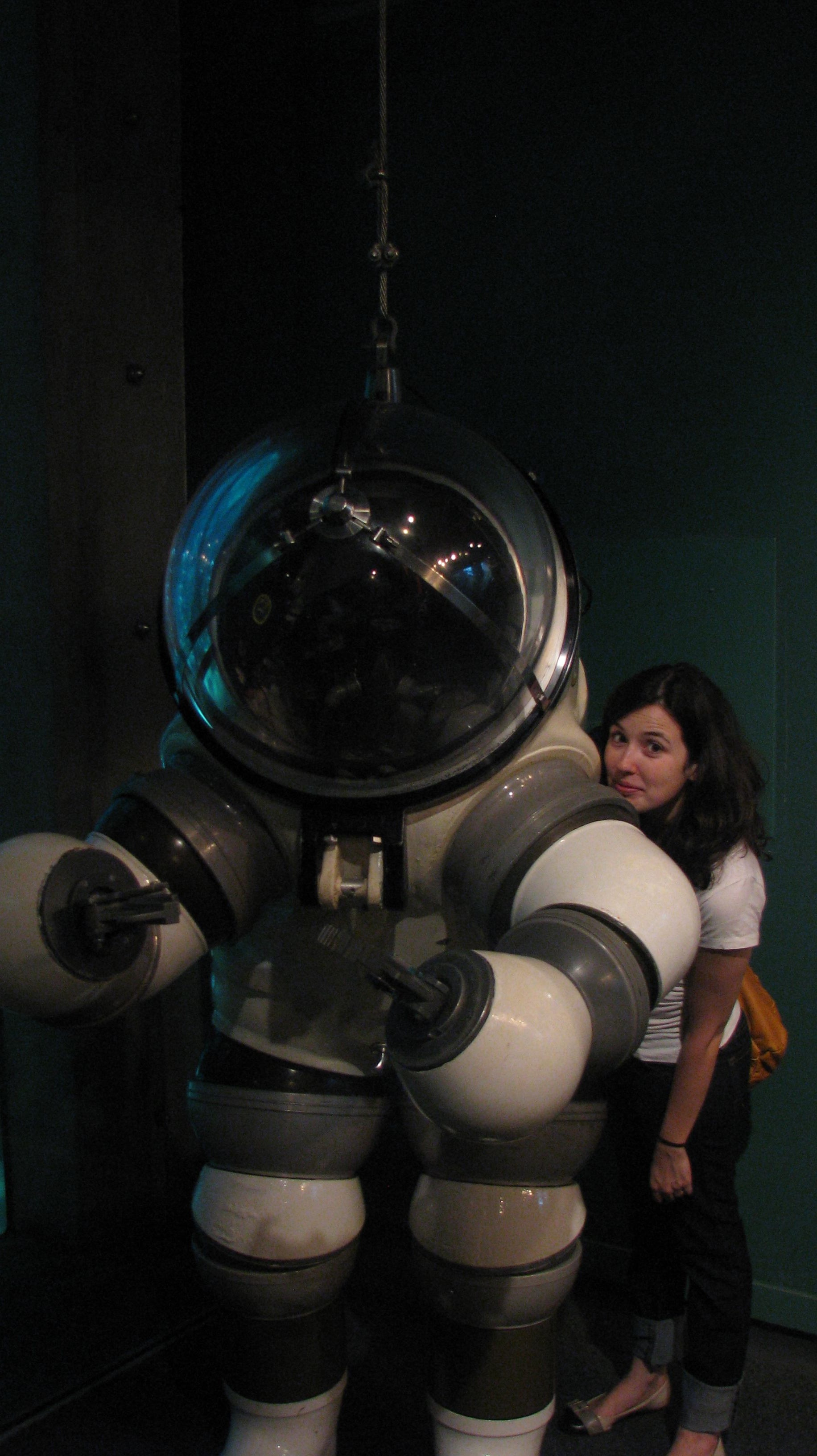Update (Nov 11th): an engine failure is keeping Phobos-Grunt in Earth’s orbit. Roscosmos still has two weeks to attempt to fix it, but it is not looking good.

(Photo credit: Russian Federal Space Agency)
Russia is launching its Phobos-Grunt (meaning Phobos-soil) mission today, November 8th, 2011. The probe will board one of Mars moons, Phobos, collect soil samples and return to earth. The journey will take 34 months and it is Russia’s 18th attempt to reach Mars. This time however, it will carry passengers of 10 different species.

(Phobos. Photo credit NASA/JPL/Malin Space Science Systems)
Countdown
I am accompanying the countdown for the launch on the left side menu of the Russian Federal Space Agency website. The site is in Russian and not much information is available on the English version. I attempted to apply rudimentary Russian skills – I took Russian 101 back in College – but I still have a hard time reading. I can tell you though, that the pink phrase in the top image means Фобос-Грунт, or Phobos-Grunt, and I identify the Roscosmos (Роскосмос), the nickname for the Russian Space Agency. (My husband also took Russian in college, and lets me know: “it says ‘project’ (проект) over there.”) . Translators can help somewhat but they don’t work for all the pretty schematics of the craft here (Update: it seems Roscosmos took down this page as of Nov 8th. It is back on). For comparison purposes, you can see a picture of the real thing here:

(Photo credit: Roscosmos)
Microorganism passengers
Asides from analyzing samples of soil from the martian moon, Phobos-Grunt will also transport passengers. There is still a long way to go before sending men to Mars – a manned mission would have to withstand radiation and other challenges – so initial experiments are being carried by transportin 10 species of microorganisms on the probe. This is called the LIFE experiment, where LIFE stands for Living Interplanetary Flight Experiment, and you can see the small device that will house the microorganisms below:

(Photo credit: the Planetary Society)
Passengers include life form representatives from each of Earth’s domains: bacteria, archaea (single-celled organisms that were once categorized as bacteria), and eukarya (nucleated cellular individuals, such as animals, plants, etc.)
Life survives in extreme conditions
One of the life forms on board Phobos-Grunt is Pyrococcus furiosus, an archaeon found living inside an Italian volcano, whose optimal growth occurs at 100oC. It is incredible that life survives (and thrives) in hot, highly saline or high pressure environments. Life has been found in deep sea vents or in high salt concentration bodies of water. Could these organisms survive in space?

(Image by the author)
I devoted a chunk of my Phd into studying Pyrococcus woesei, one archaeon from the same genus as the P. furiosus that is going to space. The funny thing is, DNA and proteins from this creature are pretty much alike our own. The picture above is a comparison between pieces of DNA and protein from human (yellow), yeast (blue) and P.woesei. The overlap is almost perfect. Then how is P.woesei able to withstand high salt and temperatures (while we are not)?

(image by the author)
In one of the studies from my doctorate, my co-workers and I looked into the electric charges surrounding one of the P.woesei proteins. Apparently it has a clever mechanism in which negative charges are present (red squiggly things on image above) to “capture” the salt ions on their environment. This and other features make it stable at temperatures higher than that of boiling water. Imagine what that can tell us about life in space! Or, even on Earth, it can teach us better ways to store molecules or drugs without worrying about storage temperature.
Mars and its moons are very cold, so the purpose of shipping P. furiosus to Phobos is also temperature control. Asides from learning if the archaeon will survive radiation, the Planetary Society believes it will be able to survive the trip in case temperature controls on board Phobos-Grunt malfunction. Hopefully it will come back alive.
And about coming back…

(Art by Adoc)
There was some controversy in regards to sending living organisms near Mars. Like something out of Star Trek (think Prime Directive), “Planetary Protection” guidelines aim to prevent biological contamination of planets. The creatures inside LIFE, though, were cleared. As long as they stay far enough away from Mars, and with the guarantee that they will not be left behind.
More detail on the list of species (bacteria Bacillus subtilis, Bacillus safensis, Deinococus radiodurans; eukarya Saccharomyces cerevisiae, Arabidopsis thaliana, tardigrades; and archaea Haloarcula marismortui, Pirococcus furiosus, Methanotermobacter wolfeii) can be found here, or from this article that came via Diego: Scientific American mentions five microorganisms being launched into space towards one of the martian moons .










